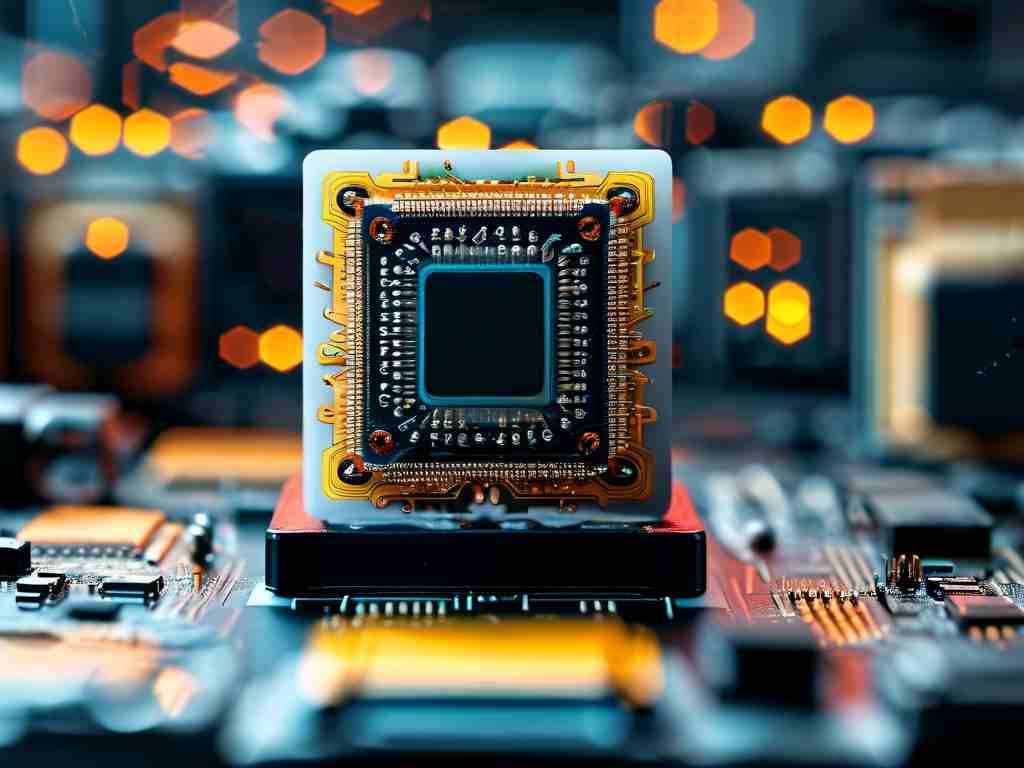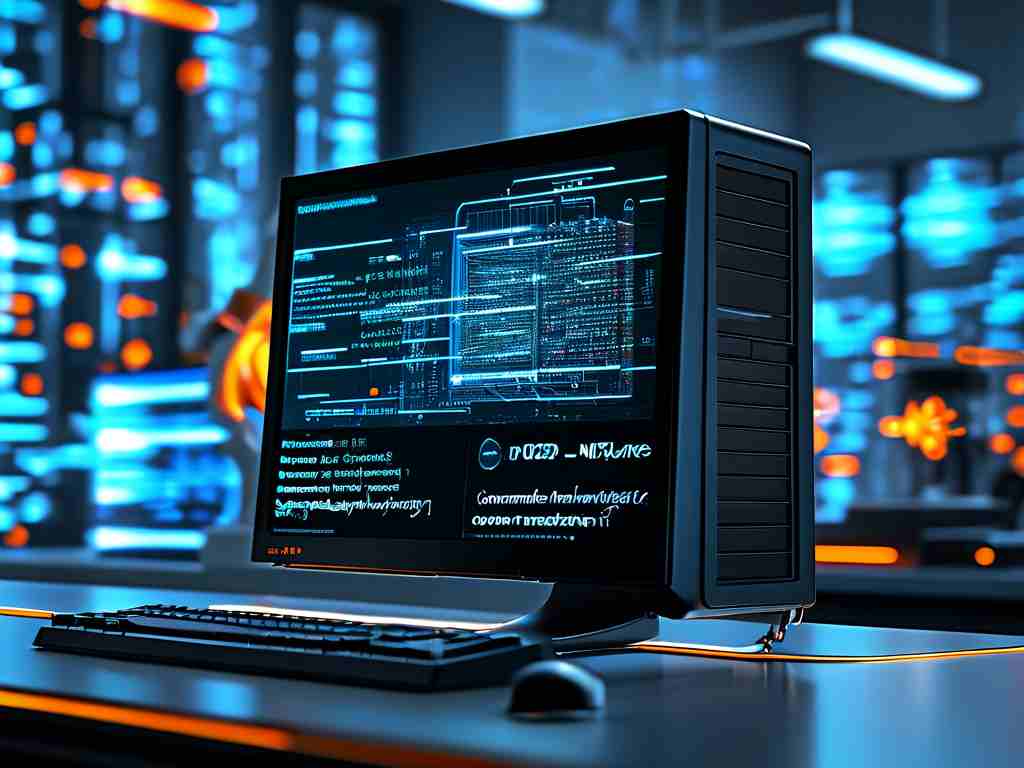Memory management software serves as the backbone of modern computing systems, orchestrating how digital devices allocate, track, and optimize memory resources. At its core, this specialized software ensures that applications run smoothly without exhausting system resources or causing conflicts. But what exactly defines memory management software, and why is it indispensable across industries? Let’s explore its mechanisms, use cases, and evolving role in today’s technology landscape.

The Architecture of Memory Management
Memory management software operates through a layered framework. At the hardware interaction level, it communicates directly with physical memory modules, mapping addresses and managing data storage. On the application side, it allocates memory blocks to processes while preventing unauthorized access. A key feature is its ability to handle dynamic memory allocation, where resources are assigned and released in real time based on program demands. For instance, when a user opens multiple browser tabs, the software dynamically distributes RAM to each tab while prioritizing active tasks.
Advanced systems incorporate garbage collection algorithms to identify and reclaim unused memory. Java’s automatic garbage collector, for example, scans heap memory to remove objects no longer referenced by active threads. This reduces manual intervention and mitigates memory leaks—a common pain point in software development.
Critical Functions in Practice
-
Virtual Memory Implementation
By creating a virtual address space larger than physical RAM, this software enables devices to run memory-intensive applications seamlessly. When RAM fills up, less frequently used data is temporarily moved to disk storage (a process called paging). This technique is vital for multitasking environments like video editing suites or cloud servers. -
Memory Protection
To prevent system crashes caused by conflicting memory access, management software isolates memory segments for different processes. In Windows OS, the Memory Manager enforces access permissions through kernel-mode safeguards. If an application attempts to write to read-only memory, the system triggers an exception handler to maintain stability. -
Optimization for Heterogeneous Systems
Modern GPUs and AI accelerators require specialized memory management. NVIDIA’s CUDA framework, for instance, uses unified memory models to allow CPUs and GPUs to share a common address space. This eliminates redundant data transfers and boosts computational efficiency in machine learning workloads.
Industry Applications
- Enterprise Databases: Oracle’s Automatic Memory Management dynamically adjusts buffer cache sizes to optimize query performance.
- Game Development: Engines like Unreal use memory pooling to pre-allocate resources for frequent operations, reducing latency during gameplay.
- Edge Computing: Lightweight memory managers in IoT devices balance real-time data processing with energy constraints.
Challenges and Innovations
While traditional memory management excels in predictable environments, emerging technologies pose new challenges. Quantum computing, for example, demands entirely new paradigms for qubit state tracking. Researchers are exploring hybrid models that combine classical management techniques with quantum error correction protocols.
Another frontier is non-volatile memory (NVM) integration. Tools like Intel’s Persistent Memory Development Kit (PMDK) are redefining how software interacts with storage-class memory, enabling faster data persistence without traditional disk I/O bottlenecks.
The Human Factor
Despite automation, developer expertise remains crucial. Poorly configured memory parameters can lead to fragmentation or underutilization. A 2023 case study revealed how a fintech startup reduced cloud costs by 40% after optimizing JVM heap settings in their transaction processing system.
Memory management software transcends basic resource allocation—it’s a strategic enabler of performance, security, and scalability. As hardware architectures diversify and software demands grow more complex, advancements in this field will continue shaping the boundaries of what technology can achieve. From safeguarding critical infrastructure to powering AI breakthroughs, its role remains pivotal in the digital age.









